You are here: Home1 / Sparrows in mining towns Broken Hill and Mount Isa – Lead

Sparrows in mining towns Broken Hill and Mount Isa
have evolved to avoid lead poisoning, geneticists find.
Original → HERE
Posted Sept. 2018
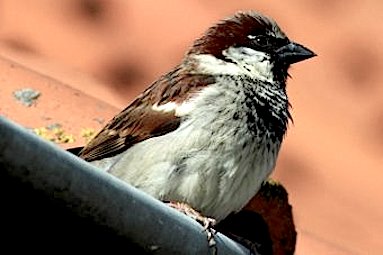 PHOTO: Sparrows from Britain spread to
PHOTO: Sparrows from Britain spread to
the Broken Hill region about a century ago.
(Supplied: Macquarie University)
Sparrows in the mining towns of Broken Hill and Mount Isa have adapted to avoid the uptake of lead, according to a new genetic study of the birds.
Researchers from Macquarie University compared the genomic data of sparrows from the mining towns in New South Wales and Queensland respectively, with sparrows from nine other regional and urban centres.
Professor Simon Griffith from Macquarie University said the study, published in the journal Science of the Total Environment, provided the first evidence of animals adapting to lead contamination in heavily polluted areas of Australia.
“Heavy metals such as lead and zinc are toxic to most organisms,” he said.
“What we’ve found is a signature in the genes whereby in Mount Isa and Broken Hill there are 12 genes which in other organisms are associated with the transport of metals through the cell membranes.
“Those genes are at different frequencies in those two towns compared to other towns where we don’t have high levels of zinc and lead in the environment.”
“These genes are actually reducing the amount of heavy metals that they take up in to their cells,” he said.
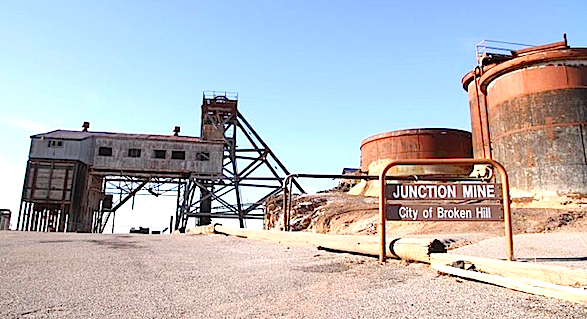
“That’s kind of enabling the sparrows in these towns to survive in an environment where they will probably be ingesting some of this lead dust.”
100 years of evolution
Sparrows spread to the Broken Hill region about 100 years ago from Adelaide where they had been introduced from Britain.
“The thing that brings them is people, they love hanging out with people,” Professor Griffith said.
“Broken Hill and Mount Isa are interesting because there were large populations of humans living in really remote areas, and they were very isolated.”
He said in the time since, the birds had adapted in isolation from other populations to the high lead levels found in the mining town, as well as to the climate.
“They’ve changed their body size in relation to climate. If you move in to the hotter areas of Australia they actually become smaller,” he said.
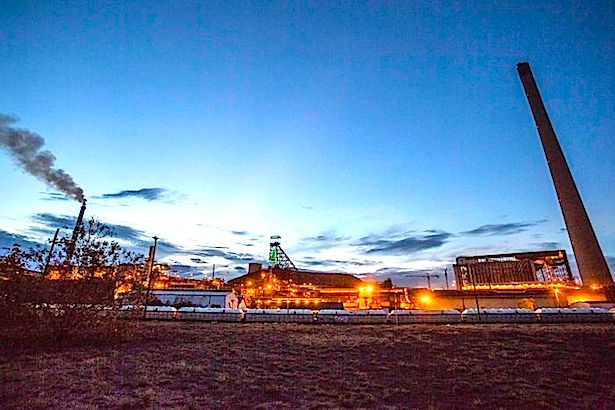
“In cold areas a larger body size helps them to keep warm in the winter.”
The sparrow’s response was an insight in to the impact of human activity on animals, Professor Griffith said.
“It’s a nice example of natural selection in an urban environment, it tells us that animals will adapt over time to very unnatural circumstances,” he said.
“In some senses that’s good news because it tells us that animals will be resilient to pollution that we have across the world in heavily modified environments. That’s the good news.
“It also provides a good example of the extent to which we are affecting the environment and we’re putting these toxic elements out there in the environment.”
Canary in a coal mine
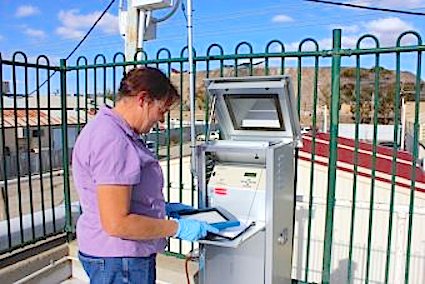
“To some extent these house sparrows are actually like the canary in the coal mine,” he said.
“We could look at these genes and they could identify threats in the environment to animals, but also to people.
“They key thing about house sparrows is that they’re very intimately associated with people.
“They’re not going off and getting contaminated out in the bush, they’re getting contaminated in the city where we live.”
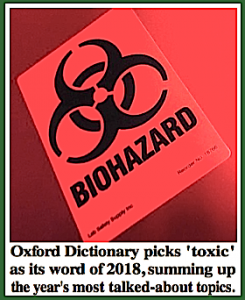

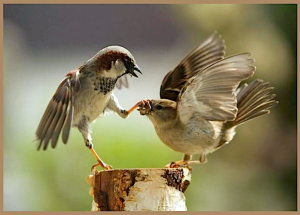
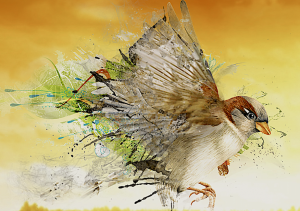

Scroll to top

 PHOTO: Sparrows from Britain spread to
PHOTO: Sparrows from Britain spread to







Leave a Reply
Want to join the discussion?Feel free to contribute!